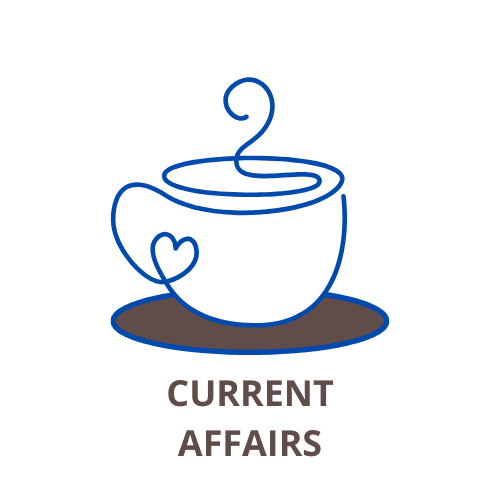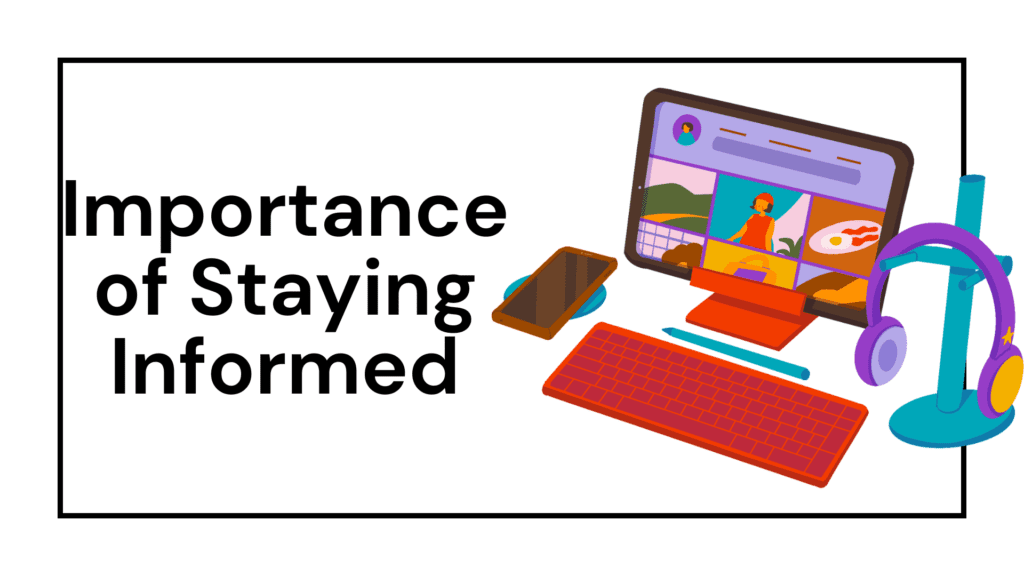In the age of the internet and social media, information is everywhere — but not all of it is accurate or trustworthy. Learning to differentiate between reliable and unreliable sources is essential for students, researchers, professionals, and responsible citizens.
Difference Between Reliable and Unreliable Sources

What Are Reliable Sources?
Reliable sources are those that provide accurate, well-researched, and unbiased information. They are written or produced by experts or trusted organizations and are supported with evidence.
✅ Characteristics of Reliable Sources:
-
Written by qualified professionals or experts
-
Published by reputable institutions (e.g., universities, government, NGOs)
-
Include references, citations, and evidence
-
Are regularly updated
-
Present balanced viewpoints (not one-sided)
-
Use formal and clear language
✅ Examples of Reliable Sources:
-
Academic journals (e.g., Journal of Sociology)
-
Official government websites (e.g., pakistan.gov.pk, UNESCO, WHO)
-
Books from recognized authors or publishers
-
News from respected media outlets (e.g., BBC, DAWN, Al Jazeera)
-
Educational websites (.edu, .org, .gov)
📌 Example: An article about climate change on the World Health Organization (WHO) website is more reliable than a random blog post on social media.
What Are Unreliable Sources?
Unreliable sources provide false, misleading, biased, or unverified information. They may be based on personal opinions, rumors, or hidden agendas. These sources can spread fake news, conspiracy theories, and misinformation.
❌ Characteristics of Unreliable Sources:
-
No author name or unclear identity
-
Lack of citations or supporting evidence
-
Biased or one-sided viewpoints
-
Use of emotional or sensational language
-
Outdated or unverified information
-
Poor grammar or spelling
-
Appear on platforms known for fake content (e.g., clickbait websites)
❌ Examples of Unreliable Sources:
-
Random blogs or anonymous social media posts
-
YouTube videos or WhatsApp messages with no source
-
Biased political propaganda pages
-
Websites with many ads, pop-ups, or conspiracy claims
📌 Example: A forwarded WhatsApp message claiming a health cure with no medical proof is not a reliable source.
Why Is It Important to Use Reliable Sources?
-
Helps you form accurate opinions
-
Supports academic and professional credibility
-
Protects against misinformation
-
Builds critical thinking skills
📌 Example: A student writing a research paper with incorrect facts from unreliable websites may lose marks or spread wrong ideas.
How to Evaluate a Source (The CRAAP Test)
Use the CRAAP Test to check if a source is reliable:
| C | Currency – Is the information up to date? |
|---|---|
| R | Relevance – Is it related to your topic or needs? |
| A | Authority – Who is the author or publisher? Are they credible? |
| A | Accuracy – Is the information supported by evidence? |
| P | Purpose – Is the content informative or trying to sell/persuade? |
Conclusion
In a world full of information, the ability to judge what is true and what is not is a powerful skill. By using reliable sources, we ensure our learning, opinions, and decisions are well-informed, responsible, and ethical.
“Don’t believe everything you read—verify it before you share it.”

